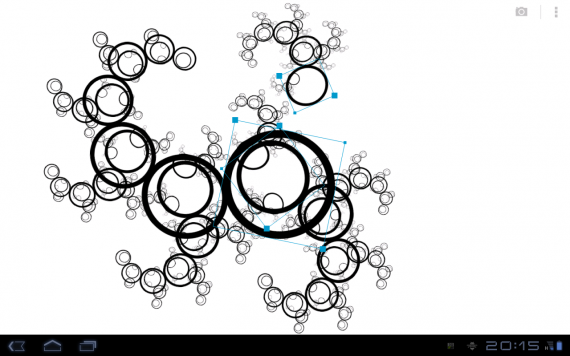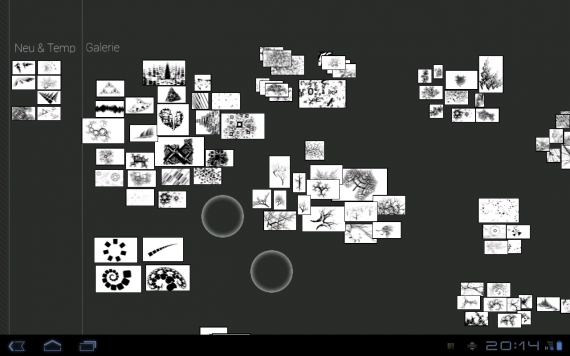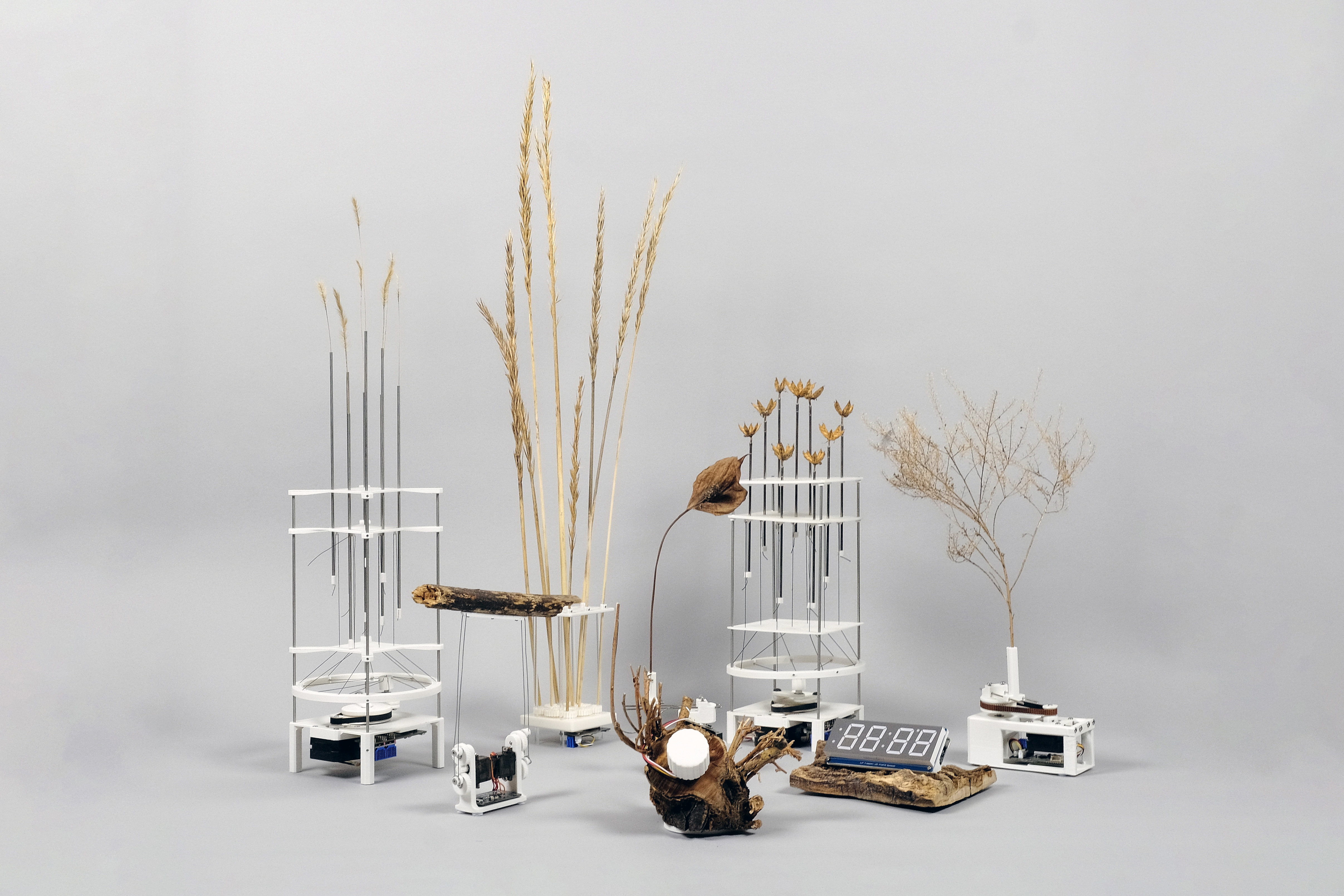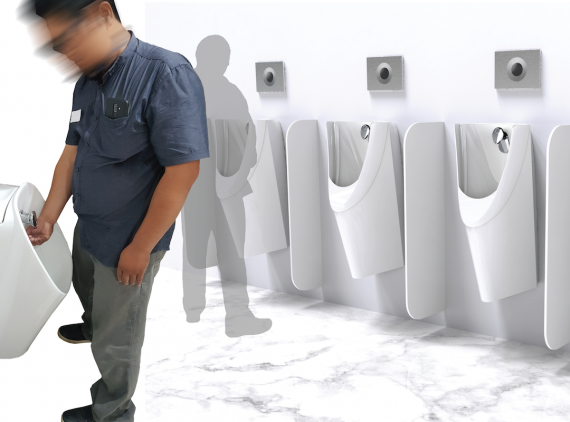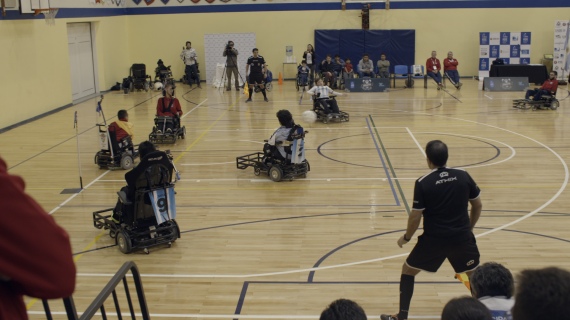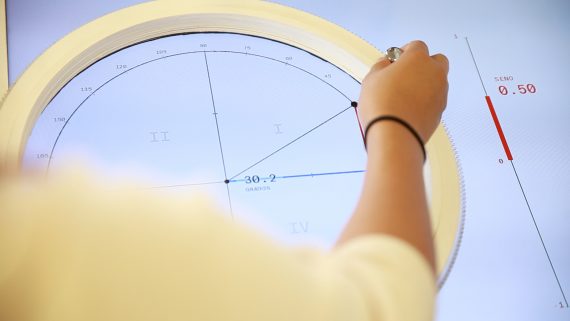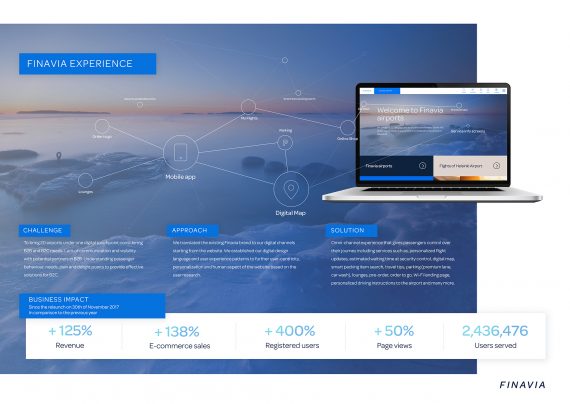Iterazer
Team
Company | Institution
Category
Type
Project description
Long before I decided to study multimedia design, I had a strong interest in the intricate nature of fractal structures. Years later, I decided to give it another try with all the knowledge about design and especially user interfaces and interaction I had earned. A major challenge was to find a balance between enabling graphical complexity versus reducing interface complexity. The mathematics and algorithms behind Iterazer have lots of dependencies and meaningful settings, but I strived to focus on the central aspect of what appaled to me the most - the graphical patterns emerging from interaction. Iterazer enables people to harness graphical complexity in a novel, very intuitive and compelling way. Another challenge was to find a way to handle the generated images in a way that felt natural and differ from the files, folders and lists used by today’s applications.
Context
One of my main targets for this project was to show the potential and power of recursive graphics to people not studying mathematics. Knowing both worlds – the consumer and researcher level – enabled me to understand what parts of the process should be manipulateable and what parts don’t. The purely black-and-white graphics and minimal interface were a consequence from my experiments and user feedback over the whole process – what is really needed to get a feeling for complexity, a feeling of being the one controlling it? Iterazer is also useful to designers as expressive tool, for doodling around and finding new concepts by experimentation. Iterazer breaks the barrier to complexity.
Impact
Iterazer earned an amazing number of great responses from all over the world. People of all ages had lots of fun with it creating new graphics, playing around endlessly and just experimenting and meditating with it. I managed to completely remove the complexity of the math from the user experience and find a graphical language that was recepted very well, especially from people knowing the “typical” representation of fractals.There were lots of ideas and requests for incorporating Iterazer-generated graphics into different industries, from textile creation to concept art. And of course, being my bachelor’s degree project, it earned me the best marks imaginable!
Craft
Fractals are mathematical – they consist of blocks of numbers. A major breakthrough was when I found a way to represent a certain kind of fractals by visible, usable objects that can be manipulated. This led to the usage of multitouch devices for direct interaction. The next step was to find a way to express the geometric patterns that emerge from the math, different from all the tech-y and colorful representations of fractals since their invention. A purely black and white style with a very minimal user interface was the result after lots of user tests. I wanted to enable the user to arrange and sort his creations in a manner that he wants, free from the typical file/folder structures inherent to most applications today. The principle of recursion and constant feedback inherent to Iterazer is also used here: the creation of a new image is always through manipulating an existing one and saving the result. This enables users to let their creativity flow without the fear of destroying previous ideas.
Context
One of my main targets for this project was to show the potential and power of recursive graphics to people not studying mathematics. Knowing both worlds – the consumer and researcher level – enabled me to understand what parts of the process should be manipulateable and what parts don’t. The purely black-and-white graphics and minimal interface were a consequence from my experiments and user feedback over the whole process – what is really needed to get a feeling for complexity, a feeling of being the one controlling it? Iterazer is also useful to designers as expressive tool, for doodling around and finding new concepts by experimentation. Iterazer breaks the barrier to complexity.
Impact
Iterazer earned an amazing number of great responses from all over the world. People of all ages had lots of fun with it creating new graphics, playing around endlessly and just experimenting and meditating with it. I managed to completely remove the complexity of the math from the user experience and find a graphical language that was recepted very well, especially from people knowing the “typical” representation of fractals.There were lots of ideas and requests for incorporating Iterazer-generated graphics into different industries, from textile creation to concept art. And of course, being my bachelor’s degree project, it earned me the best marks imaginable!
Craft
Fractals are mathematical – they consist of blocks of numbers. A major breakthrough was when I found a way to represent a certain kind of fractals by visible, usable objects that can be manipulated. This led to the usage of multitouch devices for direct interaction. The next step was to find a way to express the geometric patterns that emerge from the math, different from all the tech-y and colorful representations of fractals since their invention. A purely black and white style with a very minimal user interface was the result after lots of user tests. I wanted to enable the user to arrange and sort his creations in a manner that he wants, free from the typical file/folder structures inherent to most applications today. The principle of recursion and constant feedback inherent to Iterazer is also used here: the creation of a new image is always through manipulating an existing one and saving the result. This enables users to let their creativity flow without the fear of destroying previous ideas.

